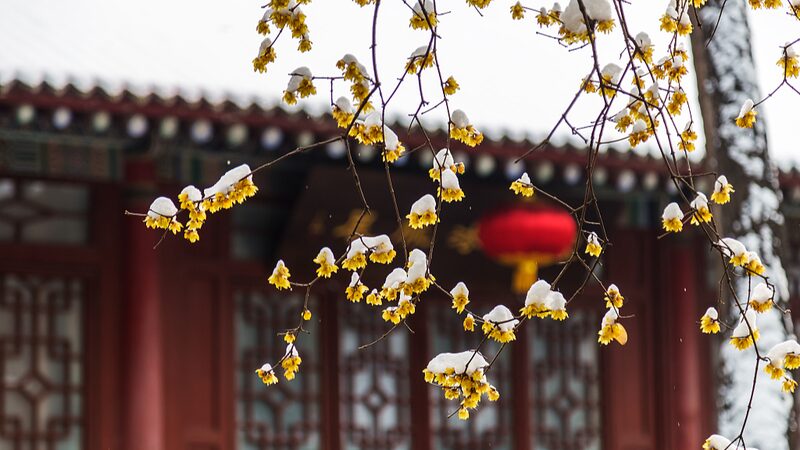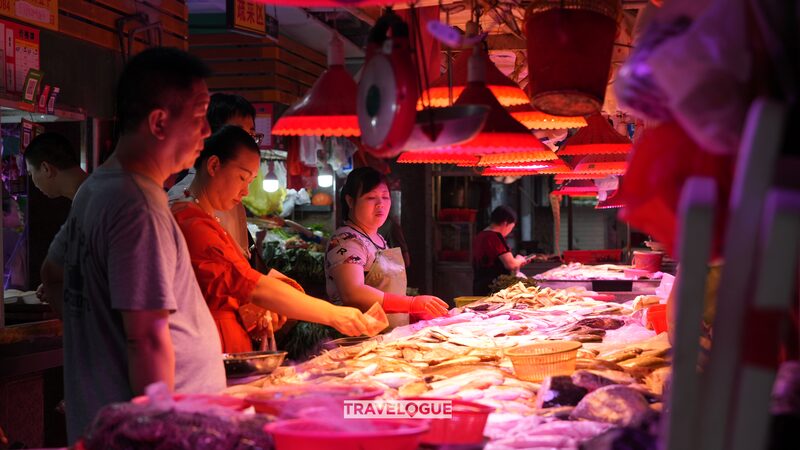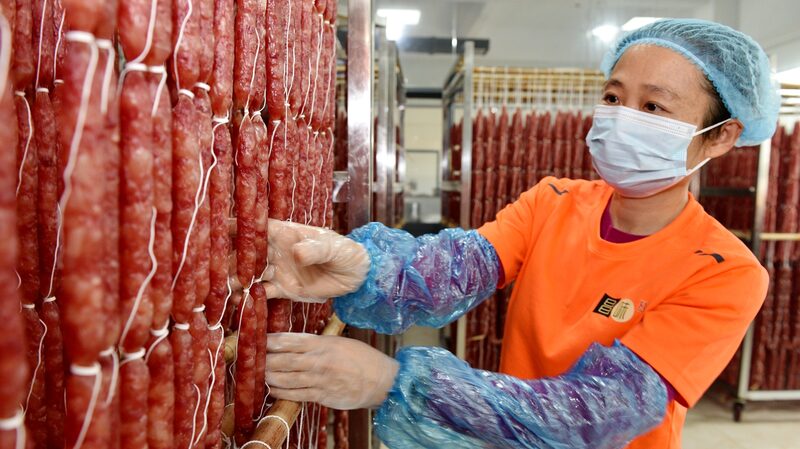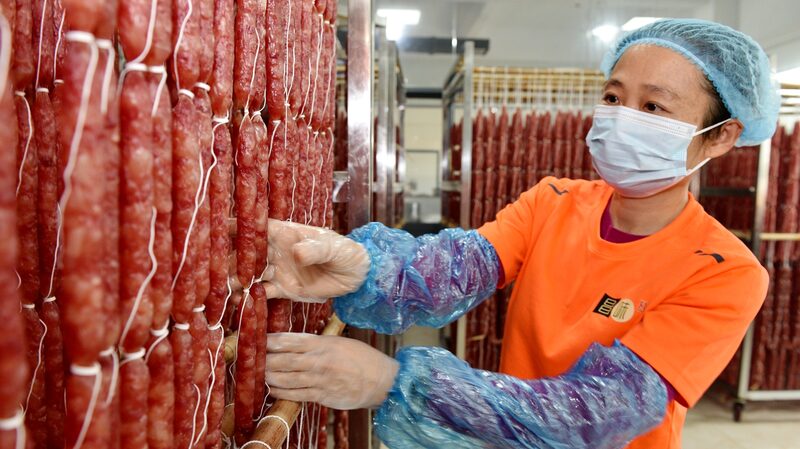Layue: Embracing Traditions in the Twelfth Month Before China's Spring Festival
As the chill of winter settles in, communities across China begin the heartfelt preparations for the most anticipated time of the year—the Spring Festival. This season of readiness commences with Layue, the twelfth month of the traditional Chinese lunar calendar, which officially began on Thursday.
The term “La” in Layue carries profound historical significance. Found in ancient texts like the “Book of Changes” and the “Rites of Zhou“, “La” originally referred to “cured meat.” This etymology reflects the agricultural and communal practices of ancient China, where preserving meat was essential for surviving the harsh winter months.
Layue is renowned for being the month richest in traditional customs among the twelve lunar months. It is a time when households engage in a flurry of activities that weave together family, culture, and history. From making “laba porridge” on the eighth day to honoring ancestors and deities, the customs of Layue are diverse and deeply rooted.
One of the most cherished traditions is the making of cured meats and sausages. Families dedicate time to preparing and preserving various meats, a practice that not only ensures ample food for the festivities but also symbolizes abundance and prosperity for the coming year.
Another highlight is the “Little New Year,” usually observed a week before the Spring Festival. During this time, households conduct thorough cleanings to sweep away ill-fortune and welcome auspicious spirits. Doors and windows are adorned with paper cuttings and couplets bearing blessings and hopes for the new year.
Layue also serves as a time for reunion and reflection. People travel long distances to reunite with family members, emphasizing the importance of familial bonds. The streets buzz with markets selling festive goods, and the air fills with the aroma of traditional snacks and the sounds of folk performances.
For those interested in experiencing China's rich cultural tapestry, Layue offers a vibrant glimpse into traditions that have been passed down through generations. It is a period where history comes alive, and the anticipation of new beginnings is felt deeply across the nation.
As communities move through Layue, the excitement builds toward the Spring Festival, known globally as Chinese New Year. The customs and practices of this twelfth month not only preserve historical heritage but also reinforce values of community, gratitude, and hope for the future.
Reference(s):
Layue, a joyful celebration in the run-up to Spring Festival
cgtn.com




